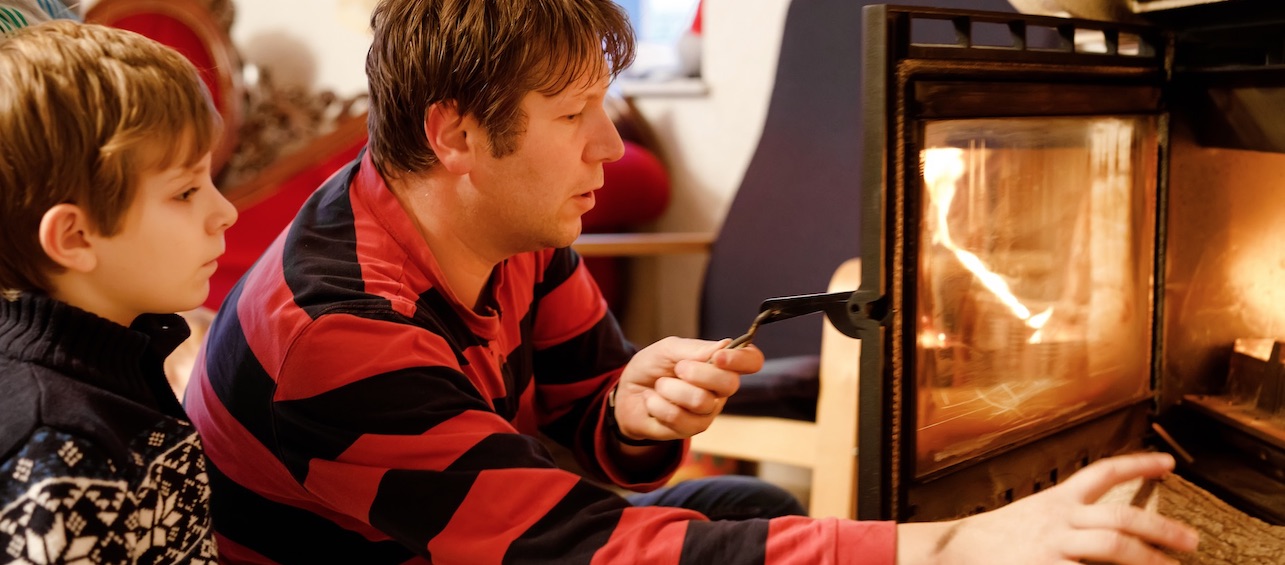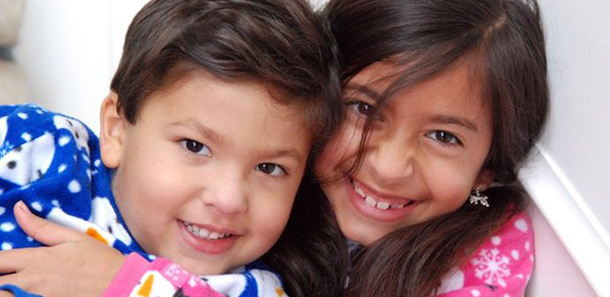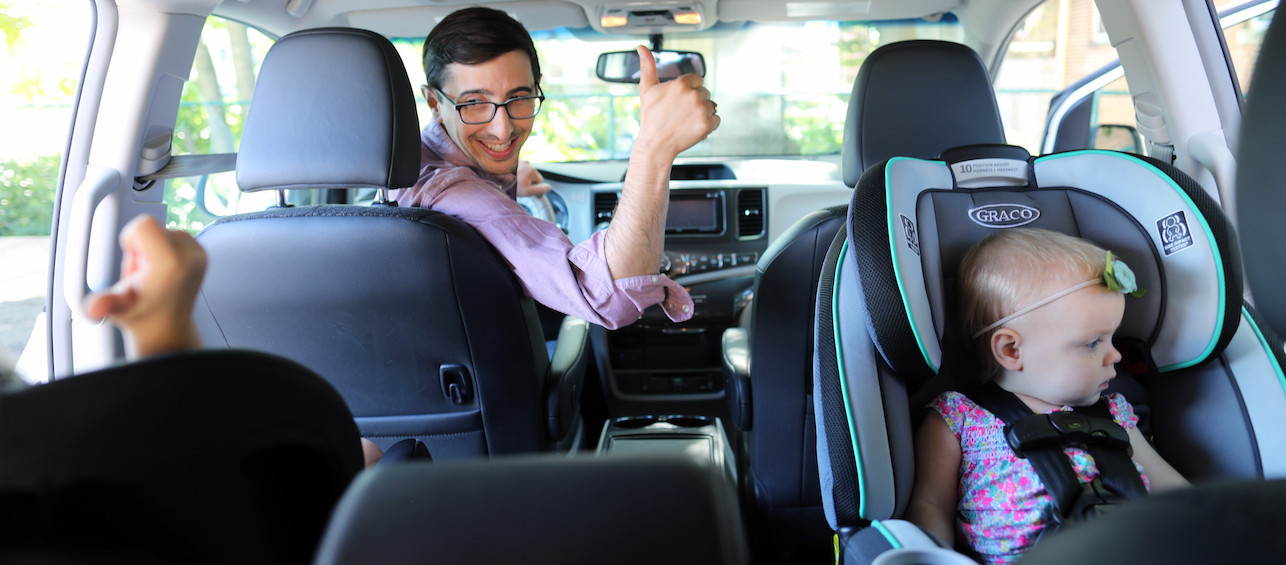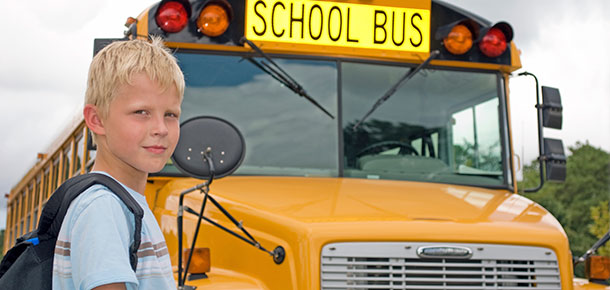When the weather turns cold, sitting down in front of a crackling fire in the fireplace sounds so inviting. But before you light your next fire, take some time to make sure you’ve prepared your home and family for these chilly fireplace months.
Use the questions below as your annual fireplace safety checklist. If you answer yes to all of these questions, great job! If some of your answers are no, work together as a family to turn them into yeses.
Fireplace Safety Checklist
1. Do you have a fire extinguisher?
Ensure that everyone in the house knows where it is and how to use it.
2. Do you have working smoke and carbon monoxide detectors installed?
Test these monthly and change the batteries at least once a year.
3. Have you talked with your children about the dangers of fire?
Most burns from fires happen when kids get too close to the fire. To help protect your children:
- Watch kids around fireplaces at all times. Make sure they know the risks of getting too close to the fire.
- Set boundaries around the fireplace and talk to your kids about these. Don’t allow kids to run and play near the fireplace.
- Take your small children with you if you leave the room when a fire is burning.
- Have a fire escape plan and practice home fire drills regularly.
4. Do you have your chimney checked every year by a professional?
Even if the chimney is not due for cleaning, it’s important to have your chimney checked for things like animal nests or other blockages that could prevent smoke from escaping.
5. Do you have a safety screen in front of your fireplace?
Fireplace safety screens can reduce the risk of burns and are especially important when you have young children and pets.
For gas fireplaces with glass doors, the glass becomes extremely hot while the fire is on. It can take more than an hour for the glass to cool down after the fire is turned off. Keep kids away from the glass and make sure they know it can get very hot.
6. Have you put fireplace tools and accessories out of reach of young kids?
Also keep any lighters and matches out of their reach. For gas fireplaces, don’t allow kids to play with the fireplace remote control, and make sure they stay away from fireplace on/off wall switches.
7. Do you open the damper or flue before you start a fire?
This draws smoke out of the house. Close the damper entirely only after all embers have completely stopped burning.
8. Do you crack a window while a fire is burning?
Slightly opening a window near your fireplace helps limit smoke and avoid buildup of carbon monoxide.
9. For wood-burning fireplaces, do you use dry and well-aged wood?
Dried wood burns with less smoke and burns more evenly. Avoid using wet wood, which causes more smoke. Likewise, don’t use rotten wood, and never burn trash or cardboard in your fireplace.
10. Before starting a new fire, do you clean ashes out from previous fires?
In wood-burning fireplaces, keep ashes at the base of the fireplace to a level of 1 inch or less. A layer thicker than that can limit the air supply to logs, which causes more smoke.
Once you’re finished cozying up by the fire, make sure it’s completely out before going to bed or leaving your house. Never leave a fire in the fireplace unattended.
Now that you’ve made sure your home is safe and your family is protected with these fireplace safety tips, have fun enjoying that toasty fire!






Nice post. Very important to keep your home and family safe while enjoying the fireplace in the cooler months.